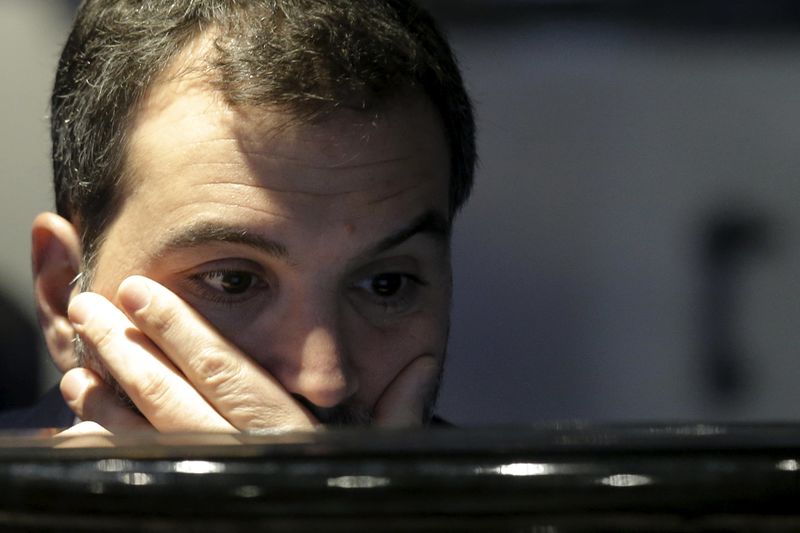This post was originally published on this site
https://i-invdn-com.akamaized.net/news/LYNXNPEC0K08U_M.jpg © Reuters. Moscow Exchange to install ‘speed bumps’ to smooth out FX trading
© Reuters. Moscow Exchange to install ‘speed bumps’ to smooth out FX tradingMOSCOW (Reuters) – The Moscow Exchange (MM:) will introduce “speed bumps” on part of its currency market to reduce the advantage high-frequency traders have over other players, the bourse said on Tuesday.
The Moscow Exchange, Russia’s leading trading platform by its number of clients and turnover, said it would launch the new system on Nov. 25 for the dollar-rouble and the euro-rouble foreign exchange pairs on its spot market.
High-frequency trading uses powerful computers to execute a large number of orders within fractions of a second, based on algorithms to analyze the market. Critics say it gives big institutions which can invest in such systems an advantage.
Other players on the Moscow Exchange and Russia’s central bank have complained that such traders can distort the market for those using traditional and slower means of FX trading.
The Moscow Exchange, which wants to attract more corporate clients, not only big banks, has said it would enhance its infrastructure.
“Speed bumps will allow eliminating arbitrage in technical access for various market participants,” the exchange said.
Igor Marich, managing director of the money and derivatives market at the Moscow Exchange, said “speed bumps” would give companies and other players not involved in high-speed trading to secure a better price for larger volumes of deals.
“We think that corporate clients will have a greater interest in the currency market when we implement these plans,” Marich told reporters earlier in November.
The Moscow Exchange reported 5.7 trillion roubles ($89.32 billion) worth of FX transactions for October.
Fusion Media or anyone involved with Fusion Media will not accept any liability for loss or damage as a result of reliance on the information including data, quotes, charts and buy/sell signals contained within this website. Please be fully informed regarding the risks and costs associated with trading the financial markets, it is one of the riskiest investment forms possible.

